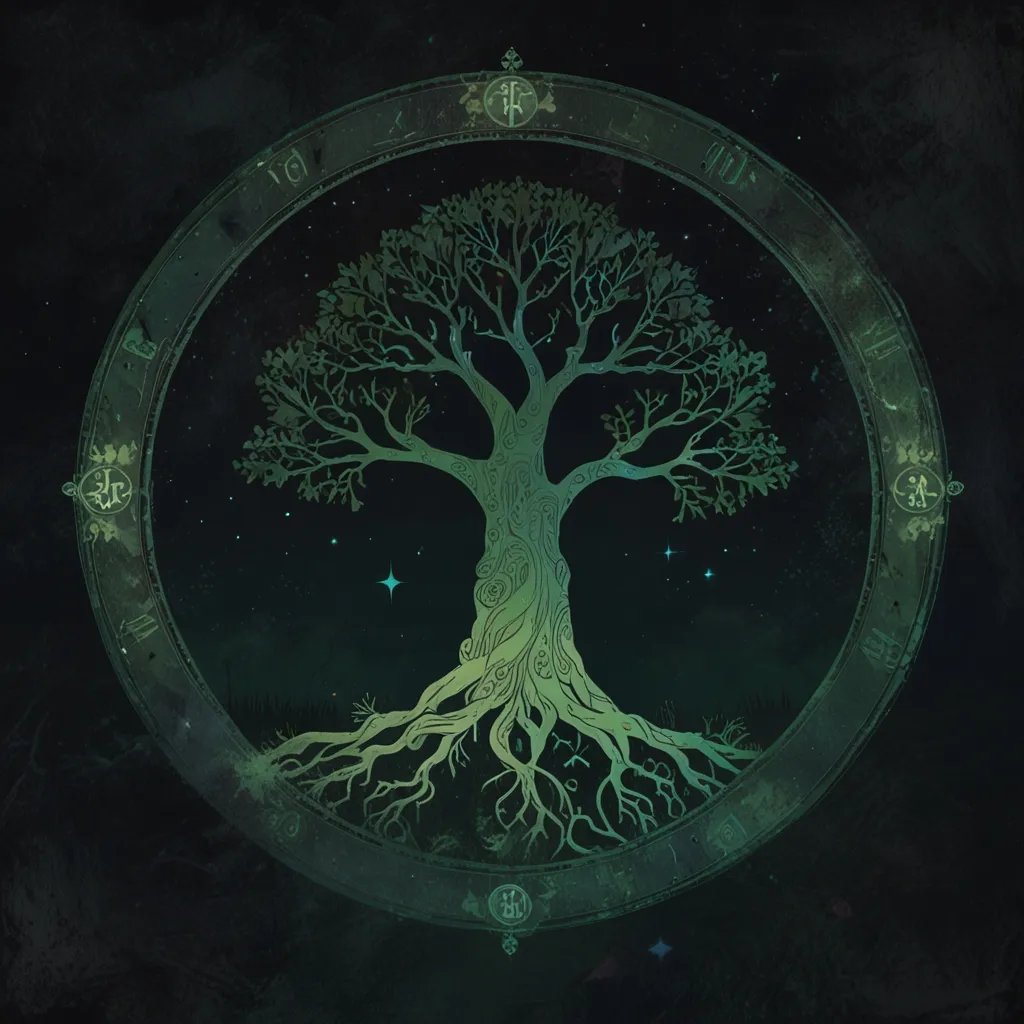The Atharvaveda is one of those ancient texts that offers a deep dive into the world of healing practices and herbal medicine. This Veda, which was put together sometime between 1500 and 500 BCE, combines spiritual wisdom with practical remedies, a blend that makes it incredibly relevant even today.
The Atharvaveda, often seen as the precursor to Ayurveda, lays the foundation for this traditional Indian system of medicine. It’s packed with hymns and mantras focused on health and well-being, offering remedies for a wide range of ailments using herbs, rituals, and incantations. Unlike the other Vedas, the Atharvaveda uniquely addresses both worldly happiness and spiritual wisdom, making it a goldmine for those looking for holistic health solutions.
The text elaborates on four main healing processes: Aatharvani, Aangirasi, Daivi, and Manushyajaa. They all depend on Praana, the vital life force, for their effectiveness. Aatharvani taps into the body’s self-healing abilities, while Aangirasi deals with stimulating the senses and organs, promoting optimal body function. Daivi uses the five elemental forces—earth, water, air, fire, and space—for treatment, and Manushyajaa focuses on scientifically developed medicines and interventions.
Herbal medicine is a big deal in the Atharvaveda. It mentions several herbs, such as jaṅgiḍa, gulgulu, kuṣṭha, and śata-vāra, celebrated for their healing properties. These herbs were often used in the form of amulets and charms, believed to possess special healing powers. The Veda also highlights the importance of natural elements like water and plants in prayers for health and long life, stressing the role of nature in ancient Indian medicine.
Moving beyond herbs, the Atharvaveda also includes mantras and verses for surgical and medical treatments. For instance, there’s guidance on using the Rohini plant (Ficus infectoria) to treat open fractures. The detailed instructions show an impressive understanding of wound healing. The level of detail in these instructions underscores the advanced medical knowledge that ancient Indians had.
Disease and its cure were major concerns back then, just like now. The Atharvaveda features many hymns that are prayers or incantations aimed at curing diseases such as fever and jaundice. These charms often call upon deities and natural forces to drive away evil spirits believed to cause sickness. For example, a hymn might call upon Heaven and Earth to cure a ten-day fever or offer protection and comfort to a suffering family. The belief that diseases were caused by external forces, which could be countered with spiritual interventions, is evident throughout the text.
The Atharvaveda isn’t confined to medical advice alone; it also delves into ethical and philosophical musings. Concepts like truth, righteousness, and the nature of the soul are explored, offering guidance on leading a virtuous life. It discusses the idea of a supreme god, Prajapati, who is seen as the creator and preserver of the world. Philosophical terms like Brahman, Tapas, Asat, Prana, and Manas make their appearance, laying the groundwork for later Indian philosophical thought and continuing to influence Hindu traditions.
The practical side of the Atharvaveda isn’t limited to curing diseases. It includes spells and charms for protection, prosperity, and happiness, often involving invoking deities to ensure success in various endeavors. For example, there are hymns dedicated to protecting people from snake bites or harmful insects, underscoring the community’s need for safety and well-being.
The Atharvaveda has left a significant mark on Indian culture and spirituality. Its hymns and rituals continue to be practiced, and its philosophical teachings have influenced later Hindu texts and traditions. The focus on health and well-being found in the Atharvaveda has been a cornerstone for Ayurveda, making it one of the oldest and most respected systems of medicine worldwide.
In its essence, the Atharvaveda is a rich tapestry of Vedic literature. Comprising around 730 hymns and about 6,000 verses divided into 20 books or kandas, the text combines prose and poetry to address various aspects of life, from healing and magic to ethics and cosmology. Some hymns are borrowed from the Rigveda, while others are uniquely Atharvavedic.
The legacy of the Atharvaveda continues to be relevant in our modern lives. As we study and interpret its verses, it remains a vital source of wisdom and inspiration. The text’s holistic approach, reliance on natural remedies, and focus on the interconnectedness of body, mind, and spirit offer valuable insights for anyone interested in traditional Indian medicine and spirituality.
In short, the Atharvaveda is a unique blend of healing practices, herbal medicine, and philosophical teachings. Its influence on Indian medical science, culture, and spirituality remains profound. Its comprehensive approach to health, its reverence for natural elements, and its spiritual insights make it a timeless guide that continues to inspire and inform.






